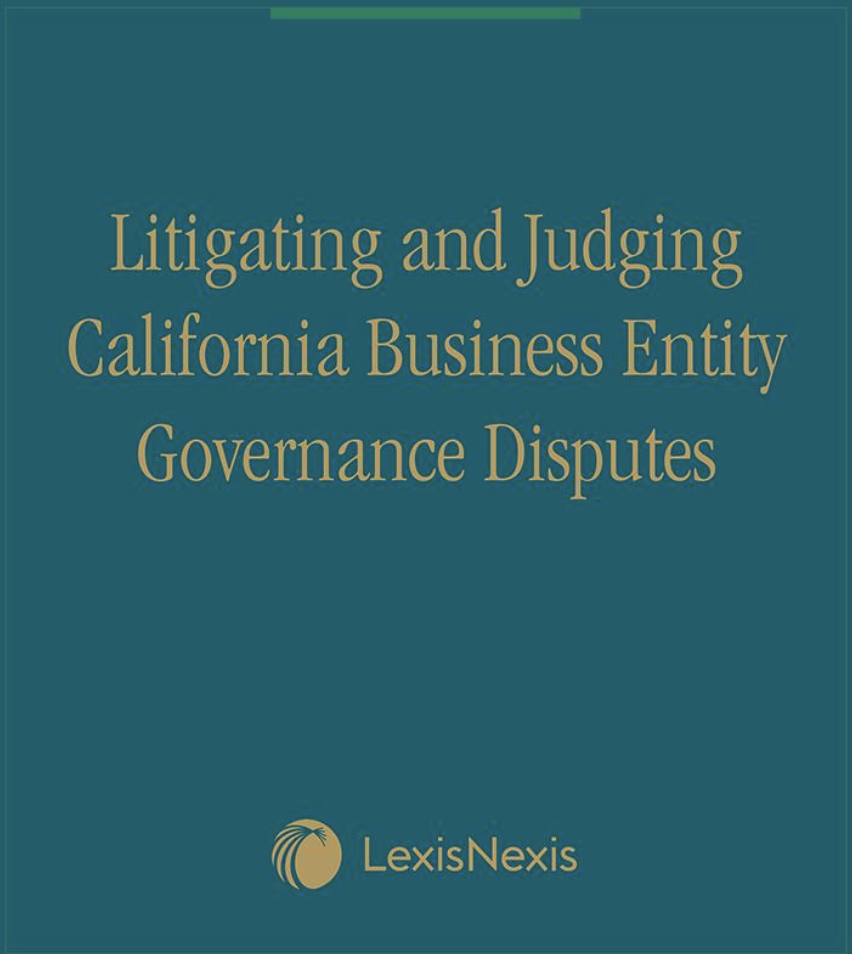When FTX collapsed, a number of high-profile celebrities, including Larry David, Tom Brady, and Shaquille O’Neal, were swept up in lawsuits alleging they played roles in defrauding investors. O’Neal made headlines because, in addition to being sued, the 7’1” former NBA superstar deftly dodged service of the complaint for months. The lawyers representing investors resorted to tweeting at O’Neal in an effort to get him to accept service, and asked the judge to allow service via social media, to no avail.
Despite being stymied in the FTX case, however, plaintiffs are increasingly finding success convincing courts to allow service of defendants through social media and other digital channels.
What’s Required for Service of Process?
When a lawsuit is filed, the next step is to serve the defendant with a copy of the summons and complaint. According to the U.S. Supreme Court, due process requires that service be “reasonably calculated, under all the circumstances, to apprise interested parties of the pendency of the action and afford them an opportunity to present their objections.” Mullane v. Cent. Hanover Bank & Trust Co., 339 U.S. 306, 314 (1950).
Historically, that meant serving papers in-person, via mail or, when those means weren’t available, by “alternative” means such as publication in a local newspaper.
Alternatives Means of Service in the Digital Age
In recent years, there has been a notable shift in the methods permitted by courts for serving lawsuits, reflecting rapid technological advancements and changes in communication preferences. Traditional methods of service, such as personal service or service via mail, have at times proven inadequate or inefficient, especially when dealing with elusive parties. Recognizing the ubiquity of digital communication, many courts allow alternative means of service in appropriate circumstances to ensure justice is not hindered by logistical barriers.
Thus, many courts have found that service by email satisfies due process in situations where the plaintiff shows that the email is likely to reach the defendant (such as evidence the party has recently used the email address at issue) and that the plaintiff previously engaged in diligent efforts to effectuate traditional service.
Another method is service through social media platforms. Particularly in cases where traditional methods have been exhausted or are impractical, courts have sometimes permitted plaintiffs to serve defendants via platforms like Facebook, Twitter, or LinkedIn. The rationale is that if a person is actively using a social media account, they are likely to receive and take notice of the message.
For example, in a copyright infringement lawsuit brought by Sony Music against rapper Trefuego, a Texas district court allowed service on the defendant via direct message on TikTok, Twitter and SoundCloud. The court reasoned: “Modern problems require modern solutions. And this Court has concerns as to whether SoundCloud and TikTok rapper extraordinaire Trefuego is a regular reader of the Fort Worth Star Telegram or that he regularly visits the information tab of Fort Worth’s city website.”
Text message service has also gained traction. Given that a significant portion of the global population owns a mobile phone and frequently uses it for communication, a lawsuit notification via text can sometimes be more immediate and direct than other methods.
Challenges Related to Alternative Methods of Service
The technologies that make the convenience of digital service possible also create challenges. One primary concern is the verification of the recipient's identity. For instance, while a social media profile might bear the name and photograph of an individual, there's no guarantee that the person managing or accessing the account is indeed the intended recipient. Multiple people might have access to a single account, or accounts may be impersonated or hacked, leading to potential miscommunication or non-receipt of the lawsuit notice.
Another challenge is ensuring that the delivered message is both seen and understood. Unlike a mailed legal document or a personal service where the receipt is more tangible, digital notifications can get marked as spam or otherwise buried under the mountain of email most of us receive each day. Such challenges can be partially mitigated by, for instance, using a read receipt feature, securing a response from the party being served, and/or taking screenshots showing the message's delivery and visibility on the recipient's platform.
Procedural Roadmaps
As alternative service becomes more ubiquitous, more courts are providing parties and their lawyers with clearer roadmaps on how to proceed. For instance, earlier this year, the Illinois Supreme Court announced an amended rule permitting service of summons through electronic means of communication, including email, text messaging, and social media, although traditional methods of service must be attempted first.
In California, there is no rule expressly allowing service of process by email, text messaging, or social media. Under the Federal Rules of Civil Procedure, Rule 4(e) provides that service of process on an individual in the United States is to be made pursuant to the laws of the state where the district court is located—so alternative methods may be possible in states such as Illinois that expressly permit such service, provided relevant rules are followed and standards are met. Serving foreign defendants also poses unique challenges. To learn more about serving foreign defendants, you can read our prior posts on that topic here and here.
Conclusion
The fundamental principle underpinning all alternatives methods of service is due process. And the heart of due process is fairness: ensuring that individuals are given proper notice and an opportunity to defend themselves. As technological methods evolve and become more integrated into legal processes, courts will balance efficiency with ensuring that rights are not compromised. Alternative digital service methods must prioritize the principle that individuals deserve a clear, comprehensible, and fair notification when legal action is initiated against them.
And in case you were wondering, Shaquille O’Neal was eventually served in the FTX lawsuit. A process server purchased a ticket to an NBA playoff game and approached O’Neal while he was on the “Inside the NBA” set (O’Neal is an analyst on the show), and delivered the document during the broadcast of the game. Ironically, service was made at the Miami Heat arena, which was formerly called FTX Arena.
For more information regarding Alto Litigation’s litigation practice, please contact one of Alto Litigation’s partners: Bahram Seyedin-Noor, Bryan Ketroser, or Joshua Korr.
****
Disclaimer: Materials on this website are for informational purposes only and do not constitute legal advice. Transmission of materials and information on this website is not intended to create, and their receipt does not constitute, an attorney-client relationship. Although you may send us email or call us, we cannot represent you until we have determined that doing so will not create a conflict of interests. Accordingly, if you choose to communicate with us in connection with a matter in which we do not already represent you, you should not send us confidential or sensitive information, because such communication will not be treated as privileged or confidential. We can only serve as your attorney if both you and we agree, in writing, that we will do so.
The materials on this website are not intended to constitute advertising or solicitation. However, portions of this website may be considered attorney advertising in some states.
Unless otherwise specified, the attorneys listed on this website are admitted to practice in the State of California.




















